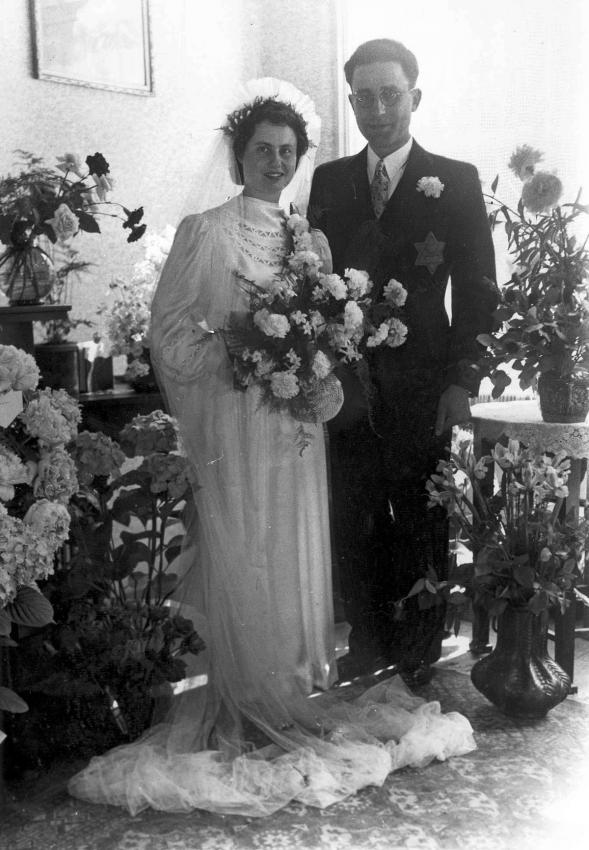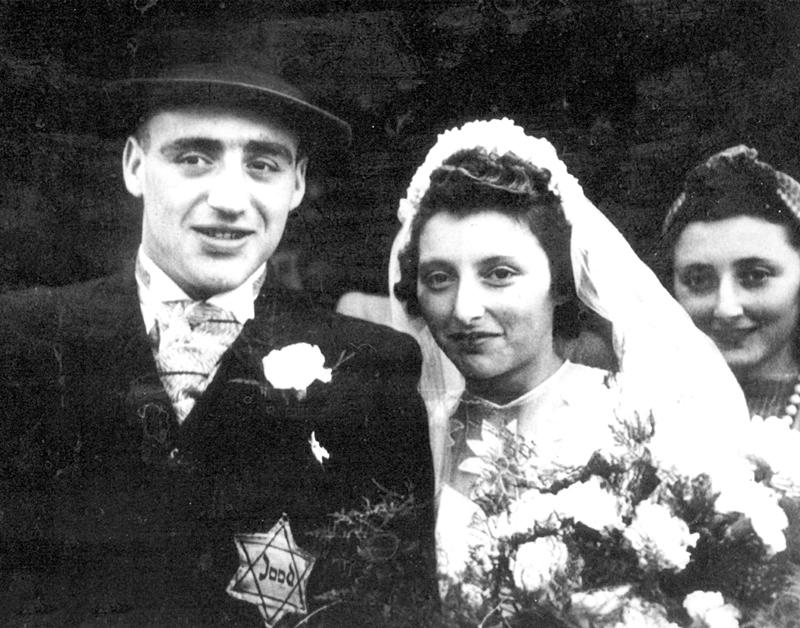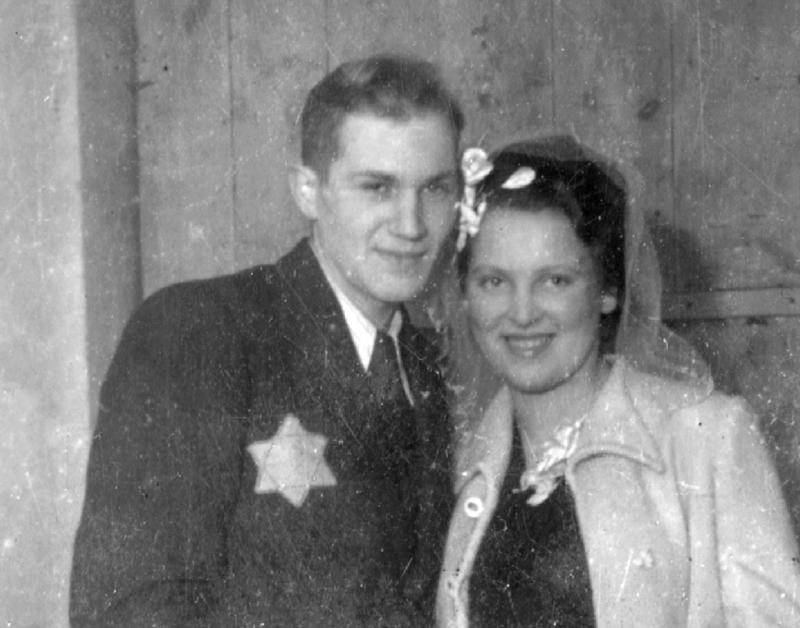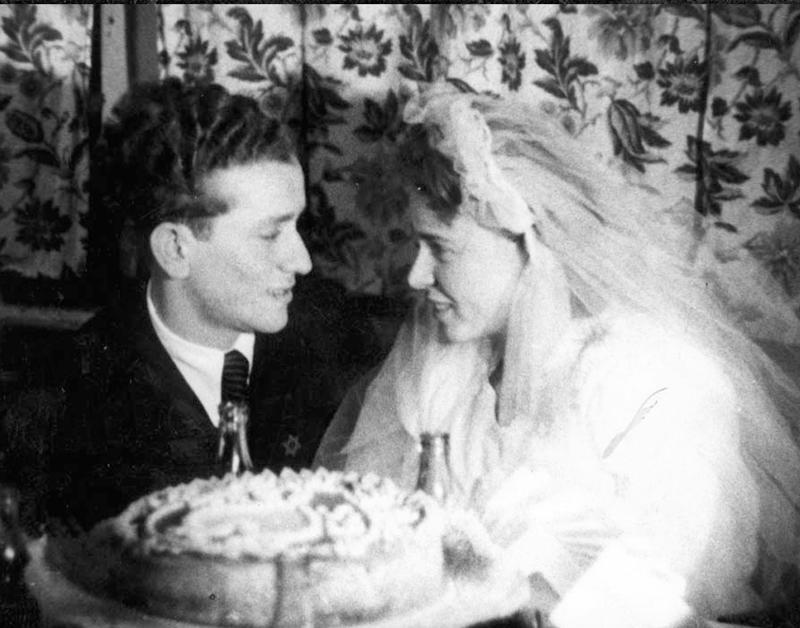Introduction
My welfare is tied by a thread to yours
Tied by a thread to yours
...
Me and you
and the riddle.
Me and you
and death.Zelda
Jewish couples got married throughout the Holocaust period, in the shadow of anti-Jewish policies, dispossession, hardships, uncertainty, pervasive hunger and deprivation, and the omnipresent threat of death. During the war years, weddings took place in occupied countries, in the ghettos, the concentration and labor camps, and in hiding. Even when no one knew what the next day would bring, people felt the need to get married. Some married for love, while many others married in order to overcome loneliness, to share a common destiny, and sometimes – in order to save their lives. The bond between two individuals in difficult circumstances became a source of stability, and at times the key to survival.
After liberation, many couples among the She'erit Hapleita (the surviving remnant) chose to get married. As well as the need for love, weddings were an expression of the survivors' determination to rehabilitate themselves, to build new lives and to resurrect the severed family lineage.
This exhibition presents the stories of Jews who decided to throw in their lot with each other and get married during the war, and Jewish couples who got married after the war in an effort to build new lives.




